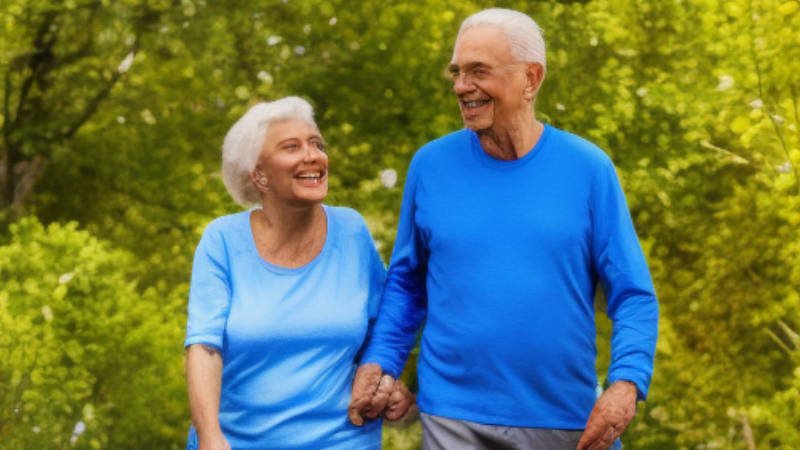What are blue zones, and what can we learn from them? Blue zones are a fascinating topic in the world of health and wellness. These are regions of the world where people live longer and healthier lives than anywhere else.
The five original Blue Zones identified by researcher Dan Buettner are 1:
- Sardinia, Italy
- Okinawa, Japan
- Nicoya Peninsula, Costa Rica
- Ikaria, Greece; and
- Loma Linda, California.
Come with us as we take a closer look at some of the characteristics of these five places which are not directly connected to the genetics of the people, but play a very influential part in their quality of life.
Table of Contents
What are Blue Zones Founded Upon?
These areas have been found to have the highest concentrations of centenarians (people who live to be 100 years or older) and the lowest rates of chronic diseases. This has led to a growing interest in understanding what makes these places so special, and how the lessons learned from these Blue Zones can be applied to improve the health and well-being of people everywhere.
One of the key findings from the Blue Zones research is that the people living in these areas have a strong sense of community and social support.
They tend to have close-knit families and a deep sense of connection and they feel that they truly belong within their community. The sentiment is the same, although this ideology of relationship budling may have slight nuances, and be called different names.
This sense of connection and support is believed to be one of the main factors contributing to their longevity and good health.
Another important aspect of the Blue Zones is their diet. The people living in these areas tend to eat a diet that is rich in fruits, vegetables, whole grains, and legumes. They also consume moderate amounts of fish and dairy, and very little meat and processed foods.
This diet is high in nutrients and low in calories, which is believed to be one of the main reasons why the people living in these areas are so healthy.
Physical activity is also an important part of the Blue Zones lifestyle. The people living in these areas tend to be very active, participating in activities such as gardening, walking, and cycling. They also tend to have a low level of stress, which is believed to be another key factor in their good health.
The Blue Zones research has also revealed that the people living in these areas have a strong sense of purpose and meaning in their lives. They tend to have a clear sense of what they want to achieve in life and they feel that they are making a positive contribution to the world around them.
This sense of purpose is believed to be another important factor contributing to their longevity and good health.
How are Blue Zone Findings Adding Value to Our Lives Today?
The lessons learned from the Blue Zones are already driving conversations in health and wellness. Many healthcare professionals and organisations are beginning to realise that the traditional approach to healthcare, which focuses on treating disease after it has already developed, is not enough.
Instead, they are starting to recognise the importance of preventative measures, such as promoting healthy eating, physical activity, and stress management.
Communities are also taking notice and starting to implement Blue Zones principles to improve the health and well-being of their citizens. For example, some cities are creating “walkable” communities, where people can easily walk or bike to work, school, and other destinations.
This not only improves the health of the community but also helps to reduce traffic congestion and pollution.
Other communities are starting to promote healthy eating by creating community gardens, farmers’ markets, and encouraging local restaurants to offer healthier options on their menus. This not only helps to improve the health of the community but also helps to support local farmers and businesses.
Comparing Blue Zone Characteristics
Let’s take a look at some of the interesting characteristics of each of the original 5 Blue zones to see if we can figure out what are Blue Zones likely to help us within our parts of the world.
Okinawa Blue Zone
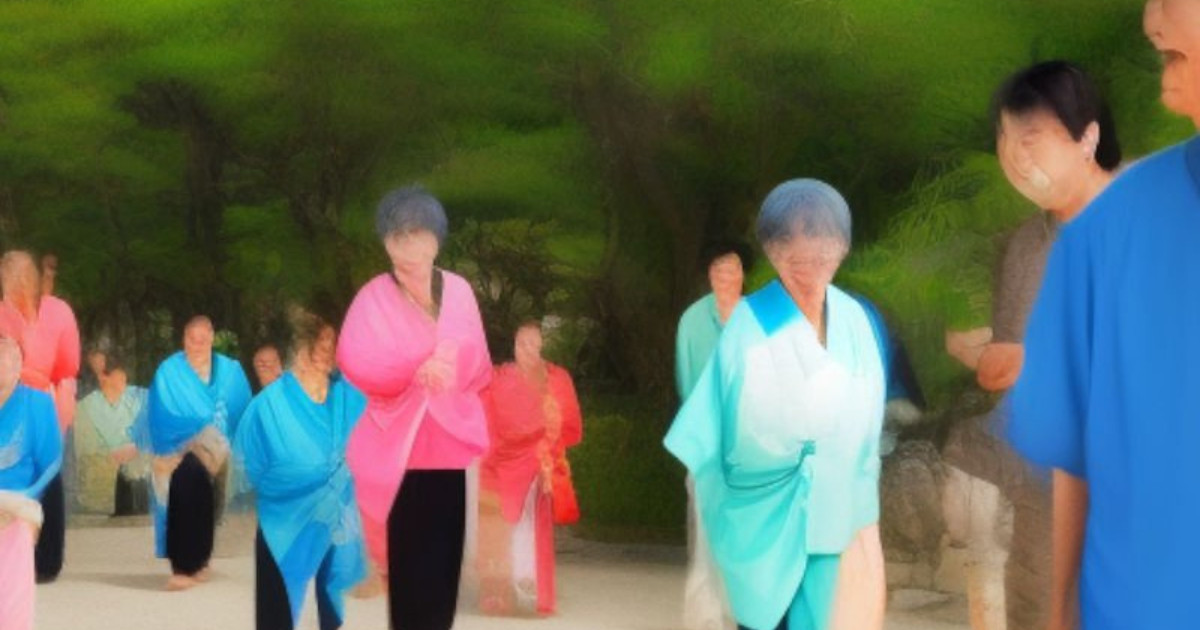
When looking at the Okinawa Blue Zone, some details could play a part in the people of this area and their way of life being factors that make it a Blue Zone include 2 3 4
- Their diet is rich in sweet potatoes, tofu, seaweed, and green and yellow vegetables, and low in meat and dairy products. They also consume a moderate amount of fish which is a good source of omega-3 fatty acids.
- There is a key focus on building relationships in their culture through a practice called “moai”.
- Their culture also places a strong emphasis on physical activity and staying active throughout life, many older Okinawans continue to work in their gardens and maintain their homes.
- Their culture has a strong sense of spirituality, which is believed to be another important factor contributing to their longevity and good health. They have a daily practice that gives them a sense of spirituality and meaning, whether it is religious or not.
- Their culture has a strong emphasis on lifelong learning and mental stimulation, which is believed to contribute to cognitive health and delay age-related decline.
- Their culture has a strong emphasis on maintaining a healthy weight, as being overweight can lead to many health issues, so they have a culture of healthy eating and physical activity.
- They have a low level of stress, which is believed to be another key factor in their good health and longevity. They have a relaxed attitude towards life and prioritise leisure activities.
- The region is known for its traditional martial arts, such as karate, which is an important part of the culture and is widely practised by people of all ages. This type of physical activity not only promotes physical fitness but also mental and emotional well-being. The practice of martial arts encourages discipline, focus, and balance, all of which are beneficial for maintaining good health and longevity.
Nicoya Peninsula, Costa Rica Blue Zone
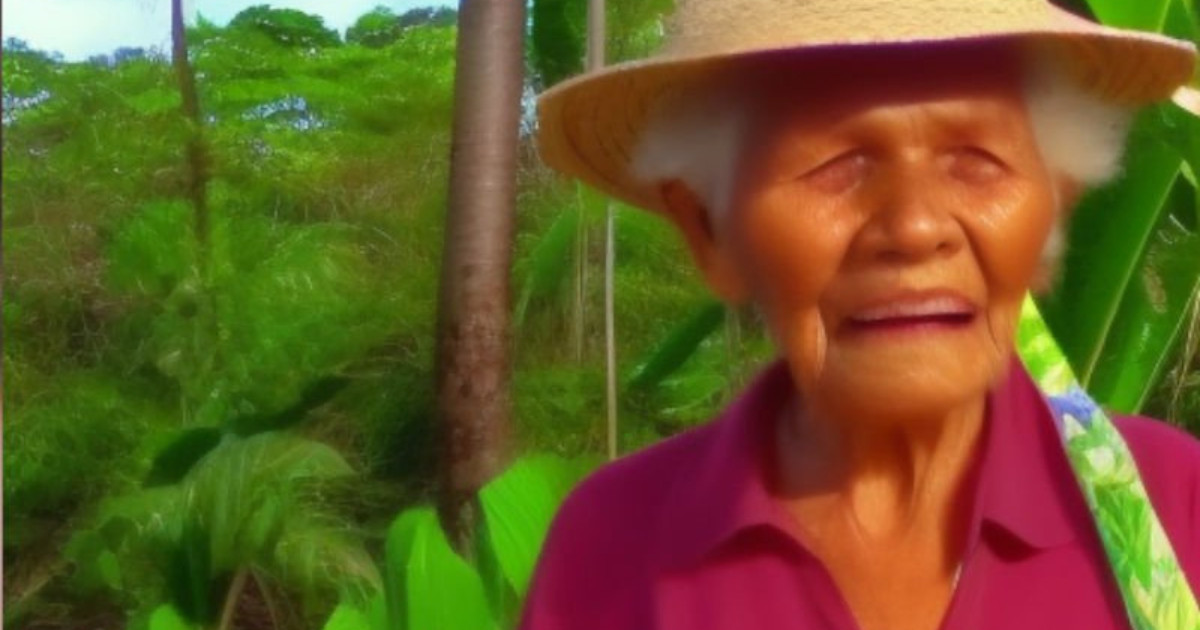
Considering the Nicoya Peninsula, Costa Rica and how their people come to be in one of the Blue Zones, some fascinating aspects of their region include 5 6 7
- Culturally, they practice “familismo”, which is based on the tenets of maintaining good relationships.
- Their culture also places a strong emphasis on physical activity and staying active throughout life, many older Nicoyans continue to work on their farms and maintain their homes.
- Spirituality is key in their culture where there is a sense of greater connection through a creator which for some provides a basis for being humble and content, as well as unconditionally loved.
- Maintaining a healthy weight is important to them. They equate being overweight as being connected to various health complications. As a result, being physically active and having a healthy diet is embraced. It’s a bit of a ‘Short belt, long life. Long belt, short life ideology.
- Stress levels are typically much lower for them. This is considered to be a significant factor supporting optimal health and longevity. Nicoyans are considered to be relaxed people with their focus on prioritisation of leisure activities in context with their work.
- They are known for their traditional dance and music, which is an important part of the culture and is widely practised by people of all ages. This type of physical activity not only promotes physical fitness but also mental and emotional well-being.
- Their diet is based mainly on vegetables, fruit, and grains as whole grains, with any fish or seafood being in moderation. The consumption of meats and processed foods is very minimal in comparison.
- It is a place where people can still live in harmony with nature, many of them live in small rural communities, they have a simple way of living, and they are in touch with the natural environment.
- The Nicoya Peninsula has a strong tradition of herbal medicine, many of the older residents still rely on traditional remedies and plants for their health, this is a way of life that is generationally respected. This traditional medicine is believed to be beneficial for overall health and well-being, and it can be a way to prevent and cure illnesses. The use of traditional medicine is an important aspect of the Costa Rican culture, and it is still widely used today.
Sardinia Blue Zone
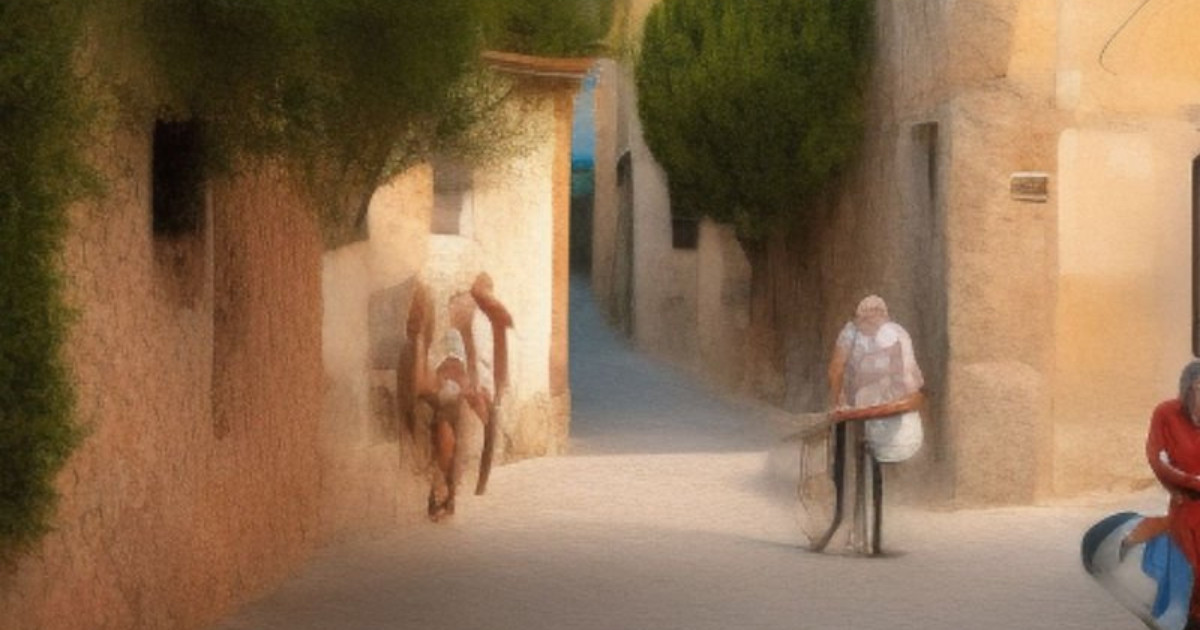
Some interesting points about the Sardinia Blue Zone that could lend to their being a Blue Zone include 8 9 10 11
- It is home to a large number of centenarians, particularly in the region of Ogliastra. This region has one of the highest concentrations of centenarians in the world, with around 1 in 10,000 people living to be over 100 years old.
- Sardinia’s Blue Zone is characterised by a diet that is rich in whole grains, legumes, fruits, and vegetables, and low in meat and processed foods. Sardinians also consume moderate amounts of sheep milk and cheese, which is a good source of healthy fats.
- Their sense of community is strong and mutual support within their society is easily observed, which is believed to be one of the reasons for their good health and longevity. Families tend to be close-knit, and the community is very supportive of its older members.
- It has a Mediterranean climate, which is characterised by mild winters and warm summers, which is ideal for outdoor activities such as gardening, walking, and cycling.
- Lower levels of stress are apparent in Sardinian life. This is believed to be supportive of their longevity and overall good health. Like with similar cultures, they value the importance of leisure activities in a balanced life.
- They have a strong sense of place in their lives and value their contributions and those of others, which is believed to be another important factor in supporting their longevity and good health. They are very proud of their heritage and culture and they feel that they are making a meaningful impact in the world around them.
- It has a rich cultural heritage with many festivals and traditional events that keep the community together and promote a sense of belonging.
- Culturally, there is a strong sense of spirituality where may have daily routines based on heart-felt devotion service, and gratitude, whether it is religious or not.
Ikaria, Greece Blue Zone
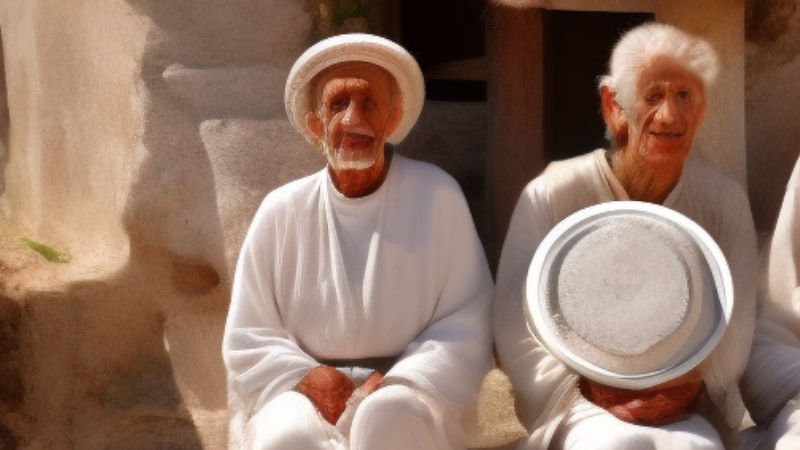
Ikaria has some fascinating aspects that could support their place in the Blue Zones group. Greeks, like many other cultures listed here, place high value on aspects of their way of life that clearly have an effect on how they live 12 13 14
- They possess a sense of community that is undeniable, and support within their society enhances their connections, which is believed to be one of the reasons for their good health and longevity. Families tend to be close-knit, and the community is very supportive of its older members.
- The Ikarian diet consists mainly of fruits, vegetables, legumes, and whole grains, with a little fish in moderation. Processed foods and meats play a very small part in their day-to-day. Their diet is typically also low in calories and rich in antioxidants, which is believed to be beneficial for the overall health and well-being.
- Physical activity is a big part of their culture. It is considered important to stay active throughout life, and many older Ikarian’s value looking after their own gardens and homes themselves, doing much of the physical work and maintenance.
- Spirituality is key for them and it is believed to be a significant factor which lends to their longevity and health. Like in other similar cultures, they have a regular practice that provides them with a feeling and sense of meaningfulness. For some this is religious, whereas for others it is not.
- Like with similar cultures, theirs strongly emphasises the maintenance of a healthy weight. Being overweight, for them, is correlated with an increase in health issues. They too have a culture of eating healthy and staying physically active. Although some Ikarians may not scientifically know the term calorie deficit, the underpinning ideology is very close to how they look at their relationship with food.
- Some might say that stress is a concept that loses relevance here. A relaxed nature and view on balance in life is attributed with supporting good health and longevity. All things are given appropriate space, and life is enjoyed where leisure time is shared with family and friends.
- Ikaria is the home of Ikariotikos, a traditional dance which is accompanied by music which supports this traditionally slow dance. The song ‘My love of Ikaros’ is an important part of the culture, and is widely embraced by people of all ages. Dancing and singing is understood to raise emotional energy and well-being, as well as enhance mental health. It is also supportive of physical fitness.
- It’s environment is characterised by a combination of natural beauty, clean air, and clean water, which are all important factors that contribute to the good health and longevity of the people living there.
- They have a tradition of taking a daily nap, also known as “Ikarian siesta.” This tradition is believed to be beneficial for reducing stress, promoting relaxation and improving overall cognitive function. Many of the older residents in Ikaria take a daily nap which is a way for them to rest and rejuvenate for the rest of the day.
Loma Linda Blue Zone

And finally, here are a few interesting facts about the Loma Linda Blue Zone which may support their place in the list of Blue Zones 15 16 17 18
- It is home to a large population of Seventh-day Adventists, a religious group known for their healthy lifestyle and longevity. Curiously, Adventists have been found to live an average of 7-10 years longer than the general population.
- It is home to Loma Linda University, which is a leader in health sciences education and research. The university has a strong focus on preventative medicine and has several programs dedicated to studying and promoting healthy aging.
- It has a large number of vegetarian residents. Many Adventists follow a plant-based diet, which is believed to be one of the reasons for their good health and longevity.
- It has a walkable community, with many sidewalks and bike paths, which encourages physical activity. This can be beneficial for overall health, helps to reduce the risk of chronic diseases and obesity.
- It is a smoke-free city, which helps to improve the overall health of residents.
- The community fabric is interdependent, strong, and richly connected, which is a key factor in promoting good health and longevity.
- It has a relatively low crime rate, which can contribute to a sense of safety and security, which can lead to lower stress levels.
- It is home to the Loma Linda Medical Center, which is one of the most advanced medical facilities in the region, providing advanced medical treatments and research.
Reflection on Blue Zone Interesting Points
These various points listed for each region which have been identified as Blue Zones support the research completed by Buettner that Blue Zone status is not just due to genetics but also the lifestyle choices, environment, and community support that promotes healthy aging and longevity.
In reflection, I find that I like to think of these points as being their own pebbles in the pond, so to speak. Each pebble has a ripple that it send out, and with fewer pebbles there are fewer ripples. Consider how that may be relevant in areas of the world that are not Blue Zones. Just an interesting point to ponder I think.
Blue Zone FAQs
What are Blue Zones?
Blue zones are regions of the world where people have been statistically proven to live longer and healthier lives than anywhere else. These areas have more people who live to be 100 years or older than other parts of the world. They are not based on a whole country, more so they tend to be little pockets of areas, like regions or towns. They also have statistically much lower instances of chronic diseases.
What do Blue Zones mean?
Blue zones is a term coined by researcher Dan Buettner, it refers to regions of the world where people live longer and healthier lives than anywhere else. These areas have been identified as having the highest concentrations of centenarians (people who live to be 100 years or older) and the lowest rates of chronic diseases.
The term “blue zones” is used to identify these regions and distinguish them from other areas where people may not live as long or have as good of health outcomes.
The study of Blue Zones is aimed to understand the key factors that contribute to the good health and longevity of the people living in these areas, and how these can be applied to improve the health and well-being of people everywhere.
Where are the 5 Blue Zones located?
The five original Blue Zones identified by researcher Dan Buettner are:
• Sardinia, Italy
• Okinawa, Japan
• Nicoya Peninsula, Costa Rica
• Ikaria, Greece
• Loma Linda, California (A town in Southern California with a high concentration of Seventh-day Adventists, a religious group known for their healthy lifestyle and longevity)
These places were chosen because of their high concentration of centenarians and low rates of chronic diseases. The Blue Zones Project, an organisation founded by Dan Buettner, has since identified other Blue Zones around the world, including:
• The Adventist Health Study (AHS-2) communities in parts of rural Texas, Iowa, and Minnesota as well as in some urban areas of California, Florida and Colorado
• The island of Bornholm in Denmark
• The town of Molera in Catalonia, Spain
These additional Blue Zones were chosen based on the same criteria as the original five: high concentrations of centenarians and low rates of chronic diseases.
What are 9 common traits of Blue Zones?
The Blue Zones research has identified several common traits that are present in all of the Blue Zones identified to date. These include:
1 – A strong keen of community and mutual support: People in Blue Zones tend to have close-knit families and a deep sense of connectedness and place within their community.
2 – A healthy diet: People in Blue Zones tend to eat a diet that is rich in fruits, vegetables, whole grains, and legumes, consume moderate amounts of fish and dairy, little meat, and barely any processed foods.
3 – Regular physical activity: People in Blue Zones tend to be very active, participating in activities such as gardening, walking, and cycling.
4 – Low stress: People in Blue Zones tend to have a low level of stress.
5 – A sense of purpose and meaning: People in Blue Zones are more likely to know what they want to accomplish in life and have a firm sense that what they are doing matters to those and the world around them.
6 – A moderate alcohol intake: People in Blue Zones tend to consume moderate amounts of alcohol, mostly in the form of wine. 19
7 – A sense of spirituality: Most of the Blue Zones populations have some form of daily practices that give them a sense of meaning through their spirituality.
8 – A healthy social network: People in Blue Zones tend to have a strong social network of friends and family, which provides them with emotional and practical support.
9 – Engagement in activities that give them pleasure: People in Blue Zones tend to engage in activities that give them pleasure, such as gardening, dancing, and playing games.
These traits are not mutually exclusive, some of them are interconnected, and all of them are thought to contribute to the good health and longevity of the people living in the Blue Zones.
Conclusion
In conclusion, Blue Zones provide a valuable insight into how we can live healthier and longer lives. The key principles of these places are a strong sense of place, be that community or family, and social support, a healthy diet, regular physical activity, low stress, and a sense of purpose and meaning. 20
By understanding and applying these principles, we can all improve our health and well-being. It’s time to start looking at the bigger picture and begin to shift our focus from treating diseases to preventing them.
6 Opportunities for Better Living
The Blue Zones can be a blueprint for a variety of different things, including:
- Community development
- The importance of community and interconnectedness found in the Blue Zones can be used as a model for developing more cohesive and supportive communities. This can be achieved by encouraging more social interactions, building community gardens and other shared spaces, and promoting a sense of belonging and togetherness.
- Health promotion
- The Blue Zones research has shown that the key factors contributing to the good health of the people living in these areas are a healthy diet, regular physical activity, low stress, and a their identity is supported with a firm purpose and underpinning meaning. These principles can be used as a blueprint for promoting better health in other communities.
- Lifestyle changes
- The Blue Zones provide a valuable insight into how we can live healthier and longer lives. By understanding and applying the principles of the Blue Zones, individuals can make lifestyle changes that can improve their health and well-being.
- Public health policies
- Public health policies can be based on the Blue Zones model, focusing on promoting preventative measures and creating supportive environments that encourage healthy behaviors.
- Economic development
- The Blue Zones model can be used as a blueprint for promoting sustainable economic development by supporting local farmers, businesses, and promoting the use of sustainable practices.
- Urban planning
- Blue Zones principles can be applied in urban planning, creating “walkable” communities, where people can easily walk or bike to work, school, and other destinations. This not only improves the health of the community but also helps to reduce traffic congestion and pollution.
As we have considered the value of exploring the topic of what are Blue Zones and how they could shape ways of living in other parts of the world, it is important to state that I believe that change is only effective where it is wanted and meets the immediate needs of those in that area based on open engagement and conversation. I’m by no means assuming that this is a good fit for all from a cookie cutter approach. Simply, I’m suggesting that we could learn something from these regions on our own time, for our own needs.
References
- “Biography – Dan Buettner” – Blue Zones, 31 July 2016 [Blue Zones] [Archive] ↩︎
- “Try the traditional Okinawa diet, which helped islanders live to 100” – Y. Noone, 126 February 2019 [SBS Australia] [Archive] ↩︎
- “The ‘healthiest place on earth’ reveals 7 secrets of how people live so long” – F. Menezes, 15 November 2022 [BrightVibes] [Archive] ↩︎
- “Styles of Okinawan Karate” – Ageshio Japan Staff, 23 July 2020 [AgeshioJapan] [Archive] ↩︎
- “The Exceptionally High Life Expectancy of Costa Rican Nonagenarians” – L. R. Bixby, August 2008 [PubMed] [Archive] ↩︎
- “What Costa Rica’s Blue Zone Can Teach Us About The Future Of Well-Being And Longevity” – C. Hackl, 12 August 2020 [Forbes] [Archive] ↩︎
- “The Nicoya region of Costa Rica: a high longevity island for elderly males” – L. R. Bixby, W. H. Dow, D. H. Rehkopf, 23 November 2014 [PubMed] [Archive] ↩︎
- “Sardinia Ogliastra” – S. Lobina, Date [Experience Sardinia] [Archive] ↩︎
- “Mental Health and Religiosity in the Sardinian Blue Zone: Life Satisfaction and Optimism for Aging Well” – M. C. Fastame, M. Ruiu, I. Mulas, 21 April 2021 [SpringerLink] [Archive] ↩︎
- “What the ‘Blue Zone’ island of Sardinia can teach us about living longer” – N. Spector, 10 June 2019 [NBC] [Archive] ↩︎
- “Delving into Sardinia’s history and heritage” – J. Buckley, 9 April 2019 [National Geographic] [Archive] ↩︎
- “Five Ways to De-Stress Your Lifestyle, the Ikaria Way” – T. H. Seamon, 25 April 2014 [LinkedIn] [Archive] ↩︎
- “Ikarian Food – Healthy Diet” – Island Ikaria Staff, Last Checked 15 January 2023 [Island Ikaria] [Archive] ↩︎
- “Ikaria Culture” – Visit Ikaria Staff, Last Checked 15 January 2023 [Visit Ikaria] [Archive] ↩︎
- “Our City” – City of Loma Linda Staff, Last Checked 15 January 2023 [City of Loma Linda] [Archive] ↩︎
- “What this sunny, religious town in California teaches us about living longer” – S. LaMotte, 25 November 2019 [CNN Health] [Archive] ↩︎
- “Loma Linda University Health” – Loma Linda University Staff, Last Checked 15 January 2023 [Loma Linda University] [Archive] ↩︎
- “Best Walking Trails in Loma Linda” – AllTrails Staff, Last Checked 15 January 2023 [AllTrails] [Archive] ↩︎
- “Long-term wine consumption is related to cardiovascular mortality and life expectancy independently of moderate alcohol intake: the Zutphen Study” – M. T. Streppel, M. C. Ocké, H. C. Boshuizen, F. J. Kok, D. Kromhout, 30 April 2009 [PubMed] [Archive] ↩︎
- “Blue Zones” – D. Buettner, S. Skemp, 7 July 2016 [PubMed] [Archive] ↩︎
Last Updated on 2 weeks by D&C Editorial Team
